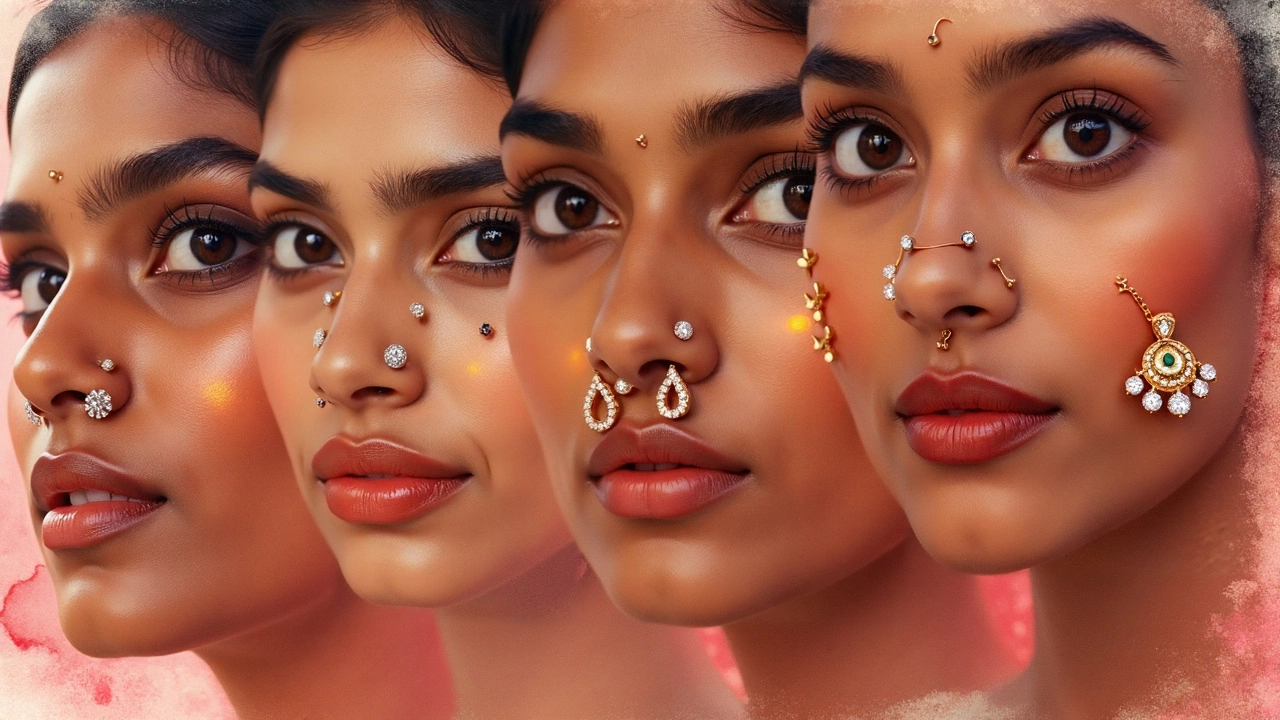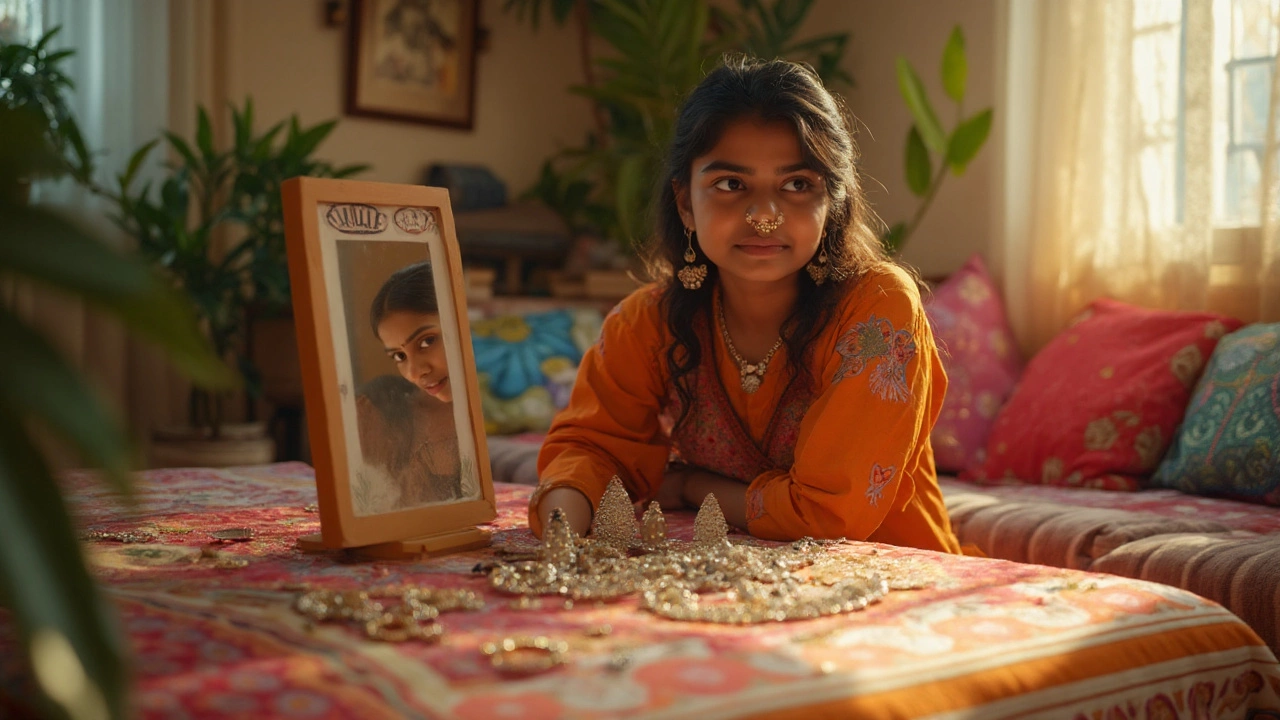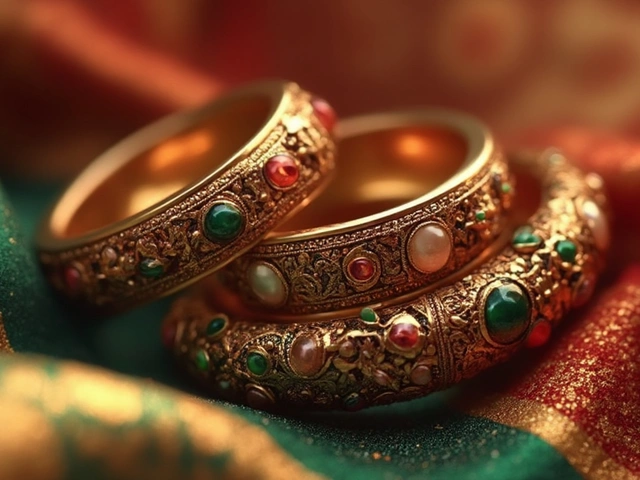Ever noticed how some people rock a nose pin like it’s a part of them, while others look… well, kind of off? It’s not just in your head. The whole idea that any nose pin works for everyone is pretty shaky. There are a bunch of reasons why a nose pin might look amazing on your friend but out of place on you, and it isn’t just about confidence or cultural background—there’s actual strategy behind picking the right one. Styles, face shape, skin tone, and even the metal you choose all play a part. Let's break down the truth behind who a nose pin flatters, how culture matters, and what you need to know to pick one that really brings out your features instead of overpowering them.
What Influences Whether a Nose Pin Suits You?
First off, face shape is the biggest factor. Sounds obvious, but it’s easy to ignore when you see a cool design at a market stall. Think about it: just like some sunglasses make your face pop and others make you look like a cartoon burglar, nose pins highlight (or hide) your features, depending on the design and placement.
Let’s talk about the main face shapes: oval, round, square, heart, and long (rectangular). Nose pins can either balance or exaggerate your shape. For instance, round studs can soften sharp angles in a square face, while tiny, delicate pins might get lost on a long nose. If your face is round, a simple, small nose stud usually works best—it brings light to the center without stretching your features. On the other hand, if you have a strong, chiseled jaw and prominent cheekbones, a larger, bolder piece (like a hoop or a gem-studded pin) will stand out nicely. Got a heart-shaped face? You’re lucky; almost every shape of nose pin looks good on you, but it’s smart to avoid ones that are too bulky.
Straight up, your nose shape also plays a massive role. Wide noses often suit hoops because they create definition and add some structure, while pointy or button noses can look awesome with delicate studs or place on the nostril’s curve for added symmetry.
Then, there’s the color of the metal or gemstone you choose. Skin tone totally changes how jewelry looks. Gold, for example, flatters warmer skin tones (those who tan easily, or have yellow undertones). If you’ve got more of a cool or pinkish undertone, silver, platinum, or white gold usually looks sharper and brighter. If you live somewhere with strong sun (hello, Melbourne summers), gold tends to pop more on tanned skin—but don’t be afraid to experiment.
Even your hairstyle makes a difference. Long, flowy hair lets simpler pins stand out, while pixie cuts or hair tucked behind the ear are basically a red carpet for showing off chunky, decorative pieces.
| Face Shape | Best Nose Pin Type | Pin to Avoid |
|---|---|---|
| Oval | Most shapes fit | Super-large hoops |
| Round | Small studs, L-shaped pins | Bigge hoops |
| Square | Rounded pins, hoops | Square shapes |
| Heart | Any small to medium | Huge, heavy pins |
| Long | Hoops, drop pins | Small studs |
The reality is, most people need to try a few types to figure out what works. Grab a few fake pins or non-piercing clip-ons at first, and have a go in different mirrors. Lighting—especially natural light—will show you what stands out and what fades away.

Cultural Trends and Social Impact: Why Nose Pins Aren’t Just Fashion
Here’s where it gets interesting. Nose pins aren’t just a style decision—they’re tightly tied to culture, tradition, even social status, and people in Melbourne (and way beyond) are waking up to that. In India, for instance, nose piercing on the left side is common in many states because Ayurvedic medicine connects it to easier childbirth. You’ll see brides with ornate pins during weddings, while a simple gold stud might be an everyday family heirloom. In South Asia and the Middle East, or even Maori culture in New Zealand, nose jewelry is often a sign of identity or lineage. Walk through Dandenong or Footscray, and you’ll spot nose pins that are symbolic as much as stylish.
The West has a different story—punk and pop culture made nose rings (especially septum and hoops) the anti-establishment accessory. In the early 90s, punk bands, artists, and even Hollywood actors flipped the meaning, using nose pins as a rejection of mainstream rules. By 2020, pop stars and influencers had blurred the boundaries. Today, wearing a nose pin in Australia doesn’t always mean rebellion, but it still gives off an “I do what I want” vibe, especially for people breaking out of strict family traditions or experimenting with gender expression.
The twist? If you’re fishing for job interviews in banks, schools, or law firms, those nose pins might get side-eye, depending on the company. While Melbourne is usually laid-back about personal style, there’s this weird tension between tradition and what’s seen as “professional.” About 35% of Aussies surveyed in a 2024 poll admitted they see nose piercings as “edgy”—but that number drops to just 19% among people under 30. Numbers don’t lie: the stigma is fading fast, but not gone yet.
And let’s not ignore gender—once, nose pins screamed “female,” but now, guys are wearing studs, hoops, and even chained pieces with serious confidence. Celebrities like Zayn Malik and The Kid LAROI (who’s from Sydney) have put nose pins at the centre of the conversation. The key? Pull it off like you mean it.
But here’s a hack for anyone thinking about nose piercings and jobs—try a magnetic or stick-on pin first. See how it blends. You’ll know right away if it feels right nose pin and if the looks or comments that come with it are worth making it permanent.
People even use nose pins as a way of memorializing events—bought on a trip overseas, received as a graduation gift, or worn to honor relatives. In short, there’s always a story behind the sparkle, and a nose pin can be as personal or public as you want.

Practical Tips: Picking the Nose Pin That Suits You Best
Now for the real-world advice. First, don’t rush your choice—piercing is (semi) permanent, and even if you’re just wearing something temporary, you want it to feel comfortable. Here’s how you make sure your nose pin works for you, not against you:
- Test before you commit: Use clip-on or magnetic pins. Cheap, painless, and you’ll know right away if you even like the look before sitting through a piercing.
- Piercing placement matters: Most nose piercings sit on the curve of one nostril—but don’t forget septum (center), high nostril (higher up but trickier to heal), or double piercings for a bolder effect.
- Metal types: Always choose hypoallergenic material if you’re prone to skin reactions. Surgical stainless steel is safest, but gold and titanium work well too. Cheap materials can cause redness or infections, especially in Melbourne’s unpredictable weather.
- Size counts: Think about the thickness (gauge) and diameter. A big hoop might look dramatic, but catches easily on masks or jumpers (annoying in winter here!). Small studs are more subtle but can get lost on bigger features.
- Change up for different looks: Some people have several nose pins for different moods—minimalist gold for work, a bold hoop for nights out, gemstone pieces for wedding season.
- Work with your skin tone: As said before, gold flatters warm undertones, while silver pops on cool skin. If you tan or have medium-brown skin, rose gold looks surprisingly stylish.
- Cleaning is vital: Use saline solutions, avoid makeup near a fresh piercing. Even healed piercings can collect gunk, so regular cleaning matters.
- Healing time: Standard nostril piercings take 2-4 months to heal. Septum piercings, if you dare, usually heal faster. Don’t swap out jewelry too soon—it seriously increases the risk of infection.
- Age and allergies: Kids’ noses are still growing, and allergies to metals can show up later in life. Choose carefully if you’re under 18 or have skin sensitivities.
- Ask for advice: Good piercers can suggest styles that flatter your face, and they’re not shy about saying “that won’t suit you.” Also, browse Pinterest or #nosepin on Instagram to see what’s trending in 2025 (think celestial themes—moons, stars, even tiny rockets!).
The final word: nose pins are personal. What suits everyone? Confidence and a little bit of trial and error. Try different styles, ask trusted friends for their unfiltered opinion, and see what feels most “you.” The nose pin you pick will tell your story, loud and clear, every time you step out the door.



